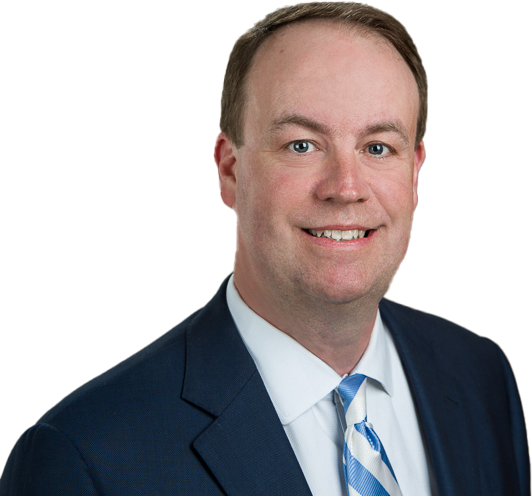Why is my medical debt so high when I have health insurance?
With health insurance, you wouldn’t think that you’d be left with high debts for surgeries or other medical care. Unfortunately, health insurance policies aren’t all equal, and some come with high deductibles or low payout limits.
It’s been estimated that around one in three people struggles with paying medical bills in the United States, and that’s even with health insurance being used. What’s important to understand that is medical debt can affect anyone at any age and with most insurance policies. Health insurance cost-sharing plans can result in exceedingly high bills even when insurance kicks in. Out-of-network charges can grow exponentially, simply because a person’s preferred health care provider wasn’t in network or listed on the plan. That means less is paid because the doctor or facility isn’t working with your provider, making you pay more out of pocket.
Coverage limits also make life difficult for those with serious injuries or chronic conditions. After hitting a coverage limit, you’ll be left to pay any extra bills on your own, even though you’ve paid for insurance to help cover your medical care. The premiums themselves can also be a drain, with some people having premiums so high that they’ve gone into debt just to have medical health coverage.
Medical debt could be affordable if the person injured was able to work, but injury or illness often comes with a loss of wages. These debts can add up, making it harder to get into a place of financial security. If you have too much medical debt and growing insecurities financially, there are some debt relief options that might need to be considered if you can’t afford your payments.
Source: The Henry J. Kaiser Family Foundation, “Medical Debt Among People With Health Insurance,” Karen Pollitz, Cynthia Cox, Kevin Lucia and Katie Keith, accessed Aug. 17, 2015



